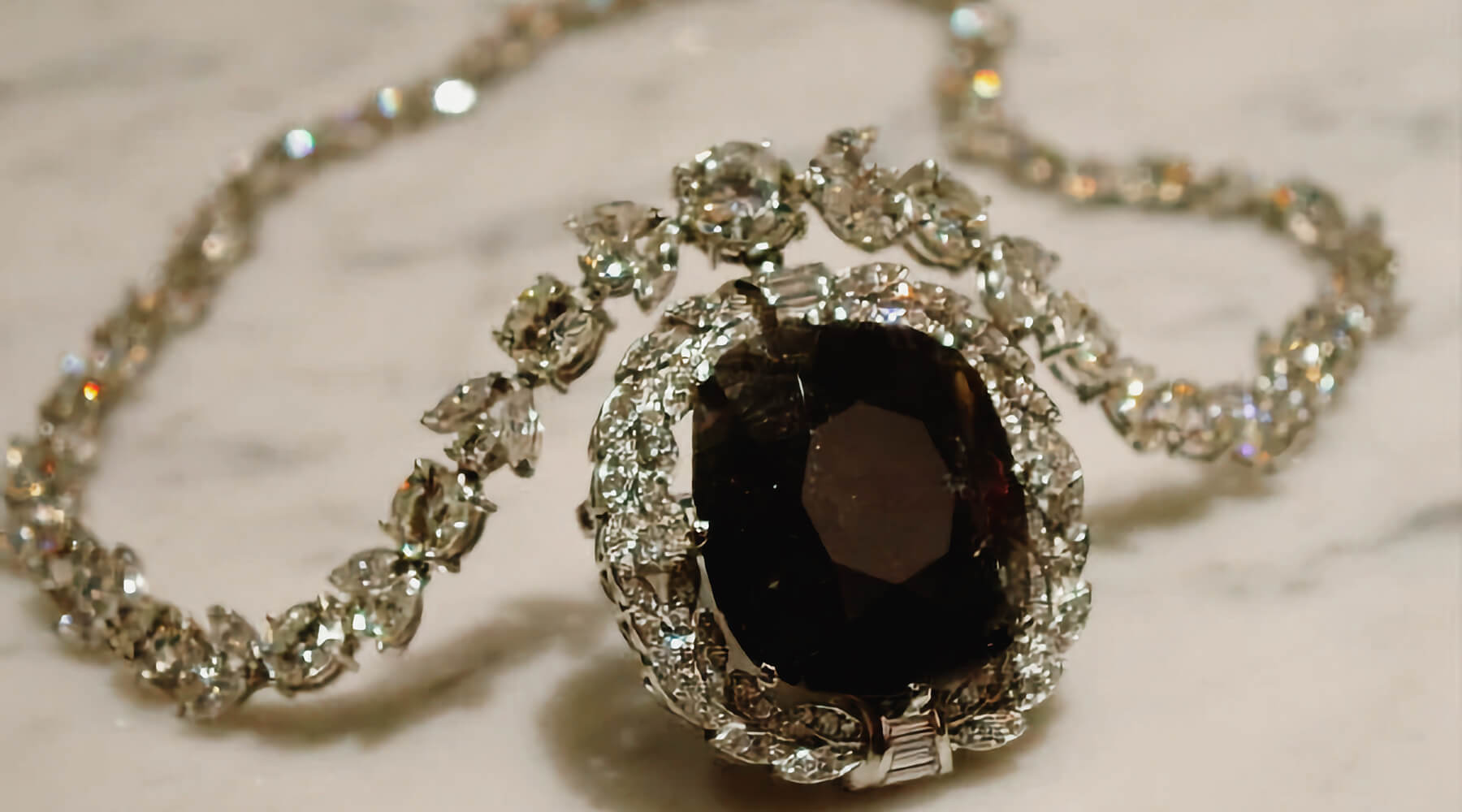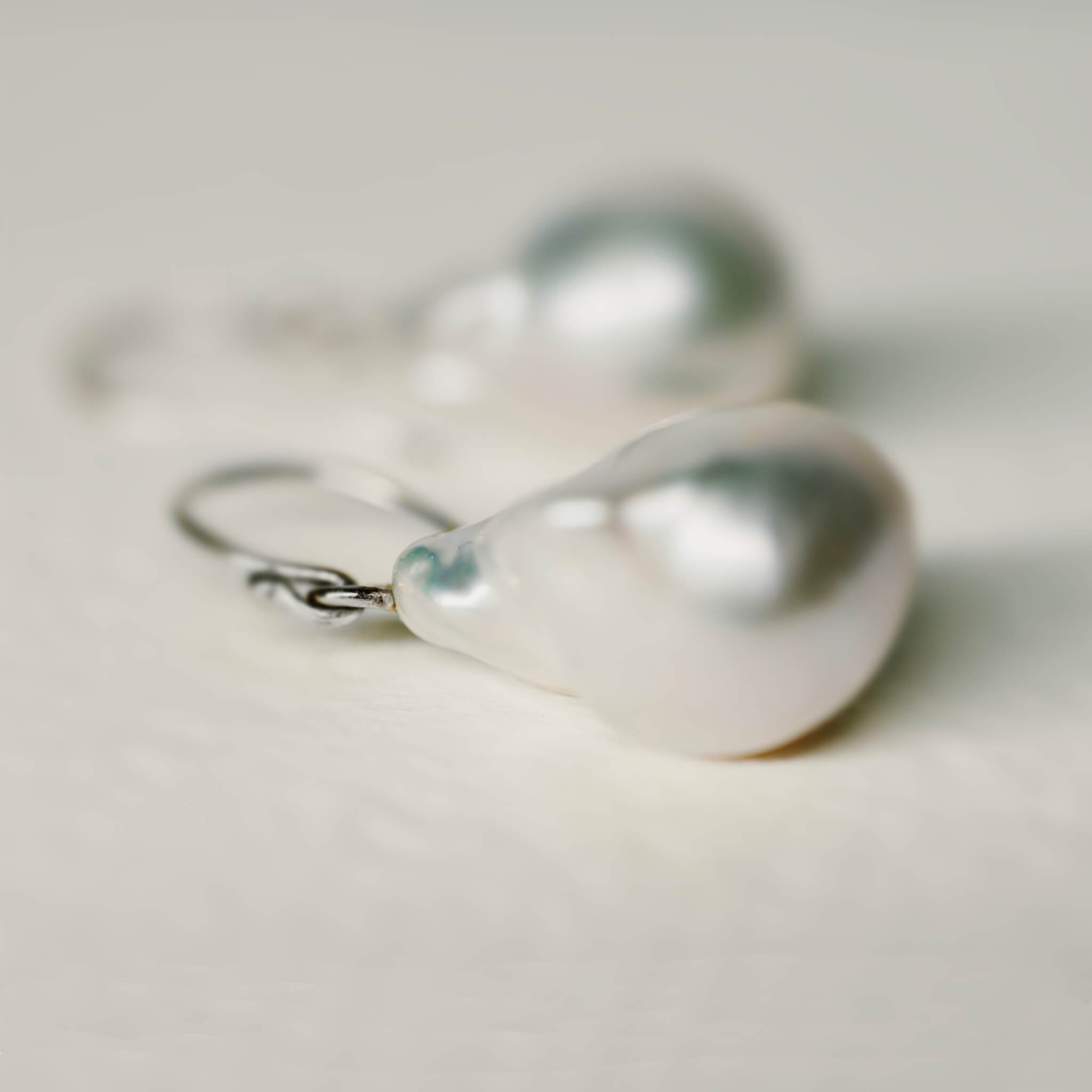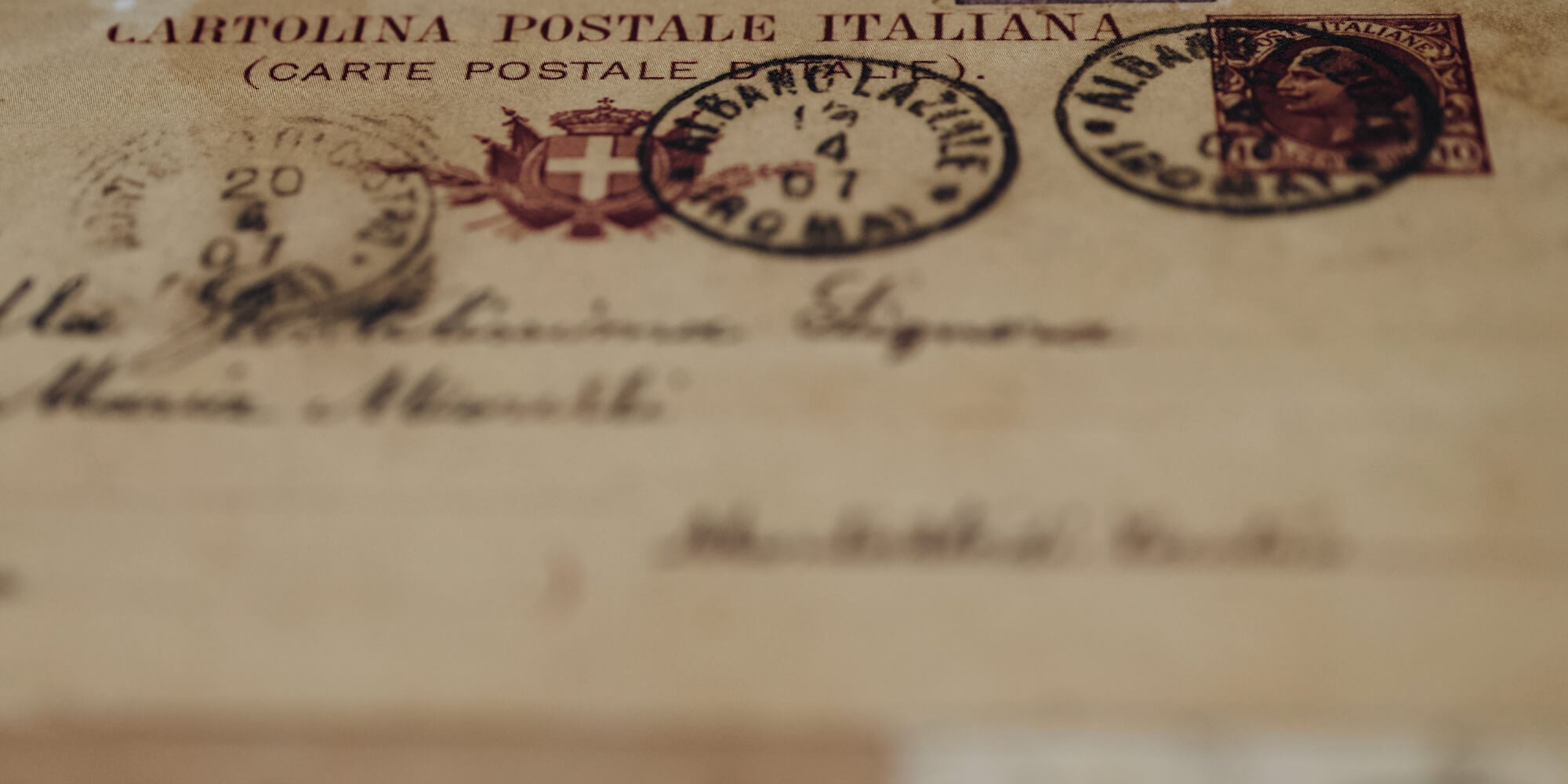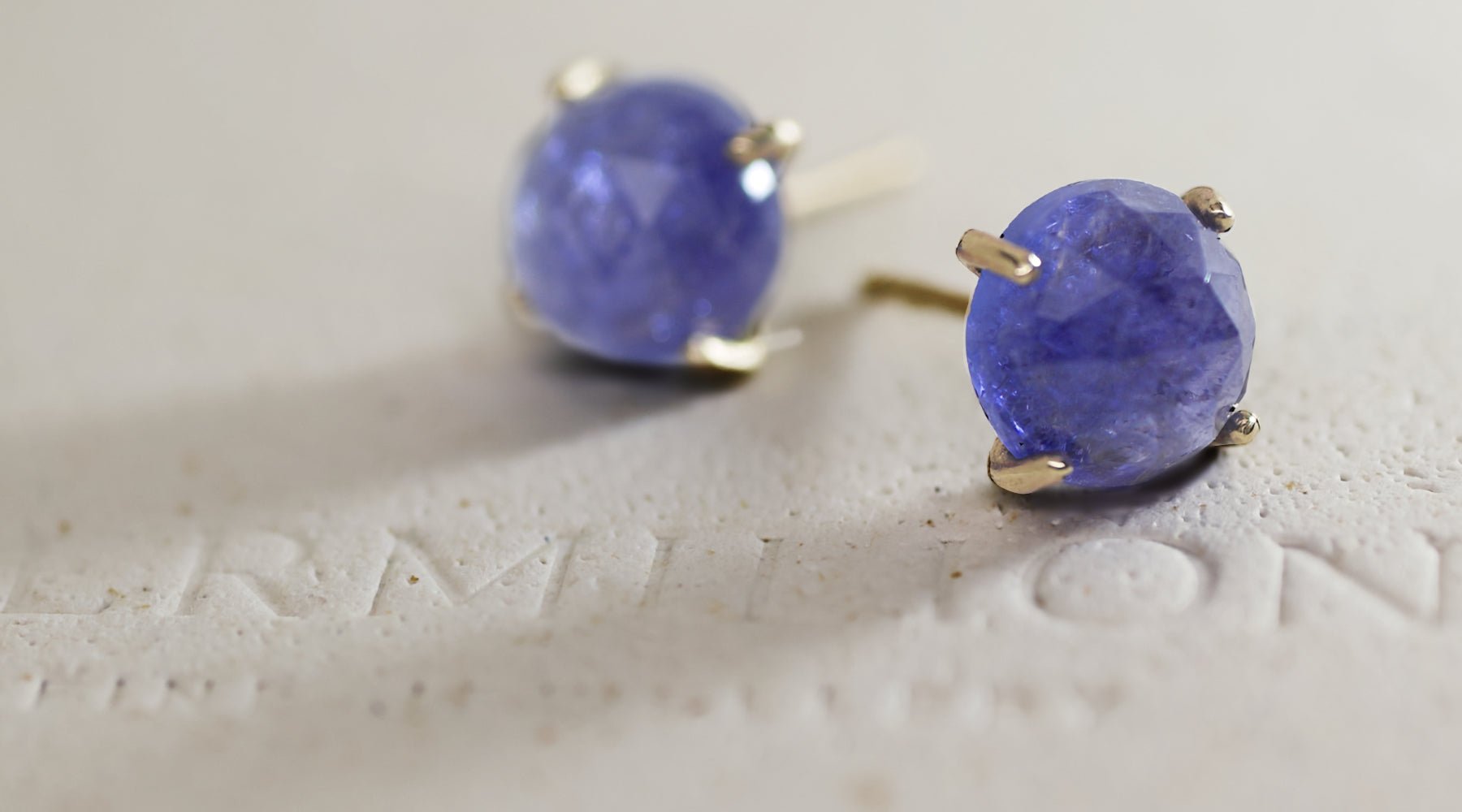
Black Friday: Cursed Jewels to die for

Imagine having all the money in the world to buy whatever you want, and you acquire an outrageously expensive jewel and it turns out to be a harbinger of doom, misfortune and even death.
There is an undeniable attraction to the world of fine jewellery, where opulence and rarity intertwine. But hidden beneath the glittering surface lies a darker side, a realm of mystery and misfortune. Cursed jewels, those wildly rare precious gems that have brought nothing but sorrow and tragedy to their owners, have captivated the imagination of many.
These cursed jewels, like haunting specters, have left a trail of destruction in their wake. Legends and tales of their malevolence have been passed down through generations, adding to their mystique. From the infamous Hope Diamond (above) said to bring death and despair to its possessors, to the Black Orlov, rumoured to carry a curse that leads to suicide, these jewels possess an eerie power that cannot be ignored.
It is said that these cursed jewels bear the weight of a tragic history, their beauty tainted by the misfortunes they have caused. Some believe that these gems are imbued with negative energy, while others attribute their curse to the wrath of ancient gods or supernatural forces.
One common thread among cursed jewels is the untimely demise of their owners. Mysterious accidents, financial ruin, and even death have befallen those who dared to possess these ill-fated treasures. It is as if the jewels themselves are cursed, bringing misfortune to anyone who dares to covet them.

The most famous cursed gem is probably the intriguing tale of the Hope diamond. The brilliant blue stone was acquired by French merchant, Jean-Baptiste Tavernier in India, during the 17th century. Upon his return to France, he sold the stone, then known as ‘The French Blue’, to no other than King Louis XIV. During the turbulent times of the French Revolution, the stone disappeared until a deep blue diamond appeared in London in 1812, very similar to ‘The French Blue’. It turned out to be the recut ‘French Blue’, which was bought by collector and banker Henry Philip Hope, which is how the diamond got his name.
After remaining in the family collection for some time, the stone was sold in 1909 to Pierre Cartier. Cartier then persuaded American heiress Evelyn Walsh McLean to purchase the extraordinarily expensive diamond by telling her the tale of its tragic former owner, the French King.
McLean was convinced that this magnificent stone would bring her luck despite the Hope diamond’s previous owner being decapitated during the French Revolution. Alas, her fortune soon turned. Her son died in a car accident, her husband ran off with his mistress and their fortune. The misfortune did not stop here. Her family’s newspaper went bankrupt and her daughter died from an overdose of sleeping pills. She soon became an alcoholic and died in the following year. Her priced jewels were sold to pay for the debts of her estate.
This blue cushion cut diamond weighing in at a hefty 45.52cts now is safely ensconced at the Smithsonian Institution in Washington. It was the inspiration behind the blue diamond jewel of the Titanic movie.

The stone is rumored to originate from India’s Golcondas mine, where some of the world’s most breathtaking gems were found. The Koh-i-Noor is known for changing its owners frequently throughout history, due to the murder of its previous owner.
In 1849 this precious stone was presented to Queen Victoria, who was then the Sovereign of India. During its long journey to England, many unfortunate incidents happened such as cholera broke out and the ship almost sank in the storm. Many of the crew lost their lives but the stone finally made it to London.

When Queen Camilla was crowned she did not have the Koh-I-Noor diamond in her crown due to sensitivites about the British Colonial past. Her modified Queen Mary's crown was reset with the Cullinan III, IV & V diamonds, from Queen Elizabeth II's personal collection The governments of India, Iran, Pakistan, and Afghanistan, as well as the Taliban, have all claimed ownership of the Koh-i-Noor, demanding its return ever since India gained independence from the British Empire in 1947.
This haunted object is actually an amethyst and has a deep history of bringing misfortune and deep sorrow to those who wear it. The misnamed amethyst is rumored to have been stolen by a British solider from the Temple of Indra (the Hindu god of war and weather) in Kanpur, India, during the Mutiny of 1857.
As soon as he returned to England, Col. Ferris began to suffer a series of financial misfortunes which brought the family to the brink of collapse. At first Ferris blamed his own poor judgement but when every member of the family also suffered a series of debilitating illnesses, his thoughts turned to the gem. His fears were confirmed when he lent the stone to a friend of the family who inexplicably committed suicide.

When much later, a friend asked to borrow the jewel, Heron-Allen once again lent it out. This time the unfortunate recipient was a professional singer who never sang again after wearing the cursed gem. Exasperated, Heron-Allen packed the Delhi Sapphire into seven boxes filled with charms. He then deposited it in the safe of his bank with instructions for it not to be opened until after his death.
In 1944, Heron-Allen died. Despite insisting that the box containing the Delhi Sapphire should not be opened for 33 years after his death, Heron- Allen’s daughter wisely disposed of it as quickly as she could and sent it to the Natural History Museum. Abandoned until 1972, curator Peter Tandy uncovered the sapphire and the strange letter enclosed detailing the particular tales of woe attached to the stone. It ends…” Whoever opens this box, do whatever you want with it. My advice however is to throw it into the sea.”
The mysterious Delhi Purple sapphire is now permanently on display as part of London’s Natural History Museum's Vault Collection.

Not actually a ruby but a gorgeous lump of 170ct Red Spinel, which is worth far less than the ruby currently set into it. Worn by King Charles III at this coronation.
Ruby or not, this gem’s history is bloody and gruesome. It has been in the possession of England’s rulers since the 14th century, beginning with Edward of Woodstock, who was known as ‘The Black Prince’. Before it came to England, the stone was found in the tomb of the Sultan of Granada, taken off his corpse by Pedro, King of Castile (also known as Pedro the Cruel). Shortly after, Pedro was attacked by his half-brother to take over the crown. Pedro appealed to Edward, a famous knight at that time for protection, who then in return received the misnamed stone. Edward later met his demise through a mysterious disease he contracted around the time he received the jewel.
Passed on through Britain’s royal rulers, Henry V wore the ‘ruby’ in the Battle of Agincourt where he nearly died and Richard III wore it during the Battle of Bosworth where he was killed. Since it was set into the Imperial State Crown, there were incidents of fires and bomb attacks in the places, where the crown was at the time.

Legend has it that the Black Orlov, also known as the "Eye of Brahma" was an uncut black stone of 195 carats (cut down to 67.5cts), pried out of the eye of the statute of the sacred Hindu God Brahma, from a temple in Southern India, surely a red flag for a run of bad luck.
Throughout history, the stone’s origin was forgotten and it came into the possession of a Russian noblewoman, named Nadia Orlov. Legend goes that she fell into depression shortly after acquiring the stone and soon took her own life by jumping off a building. The stone was then sold to an American diamond dealer named J.W. Paris, who brought the stone back with him to the US and, shortly after his return, committed suicide by jumping off from one of New York’s tallest skyscrapers in 1932.
Later owners of the diamond included two Russian princesses, Leonila Galitsine-Bariatinsky and Nadia Vygin-Orlov (after whom the diamond is named). Both women allegedly jumped to their deaths in the 1940s.The diamond was later bought by Charles F. Winson, and cut into three pieces in an attempt to break the curse; the 67.5-carat Black Orlov was set into a brooch of 108 diamonds, suspended from a necklace of 124 diamonds.The diamond was purchased by diamond dealer Dennis Petimezas in 2004.
Felicity Huffman was rumored to be wearing the Orlov diamond at the 2006 Oscars but her neck was bare. Maybe you only need to think about wearing this doomsday necklace to attract bad karma, which she certainly did, albeit years later when she was arrested, charged and briefly jailed with the college admissions scandal in 2019.
These myths which span from ancient kings losing their empires over cursed stones, Russian princesses taking their lives to fortunes lost and gone, all over some of the most breathtaking jewels nature has to offer. While most of us will never own to such gemstones, some are on public display, confirming their place in history as part of the rich fabric of the fine jewellery world.





